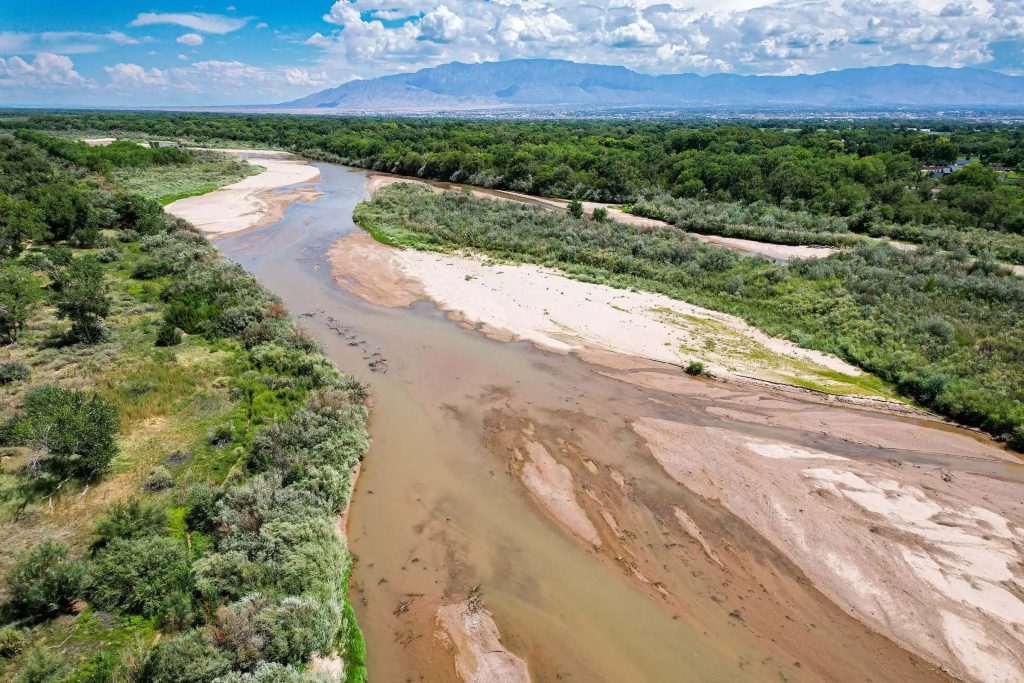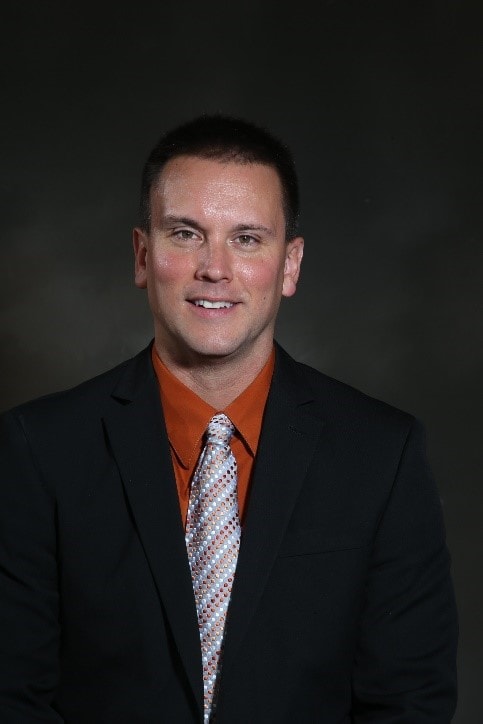This research project investigates how Natural and Nature-Based Features (NNBF) have been used along the Rio Grande and its tributaries to support ecosystem restoration and flood risk management (FRM). Through case study documentation, field visits, and stakeholder engagement, the team will develop design guidance tailored to the arid Southwest. A regional geodatabase and a Design and Applications Guidance Handbook will help practitioners plan and implement NNBF effectively in fluvial systems.






